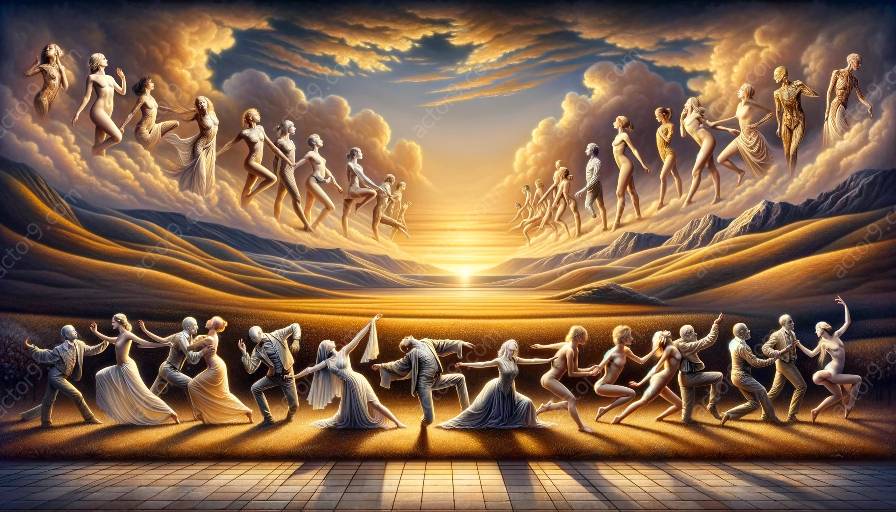Introduction:
The use of body language is a crucial element in theater productions, contributing to the creation of a strong sense of ensemble among performers. This topic explores how body language analysis and physical theatre techniques can be harnessed to enhance the sense of unity and cohesion on stage, leading to more impactful and compelling performances.
Understanding Body Language in Theater:
Body language encompasses the non-verbal communication expressed through gestures, facial expressions, posture, and movement. In theater, the effective use of body language allows performers to convey emotions, intentions, and relationships with authenticity and depth.
Creating Ensemble Through Body Language:
Body language serves as a unifying force in theater productions, fostering a sense of ensemble among performers. The harmonious coordination of body movements and expressions can establish a cohesive connection between actors, reinforcing the narrative and themes of the play.
Connecting with the Audience:
By utilizing body language effectively, performers can establish a strong connection with the audience. The subtleties of body movements and expressions enable the audience to empathize and engage with the characters and the overarching narrative, resulting in a more immersive theatrical experience.
Body Language Analysis in Theater:
Body language analysis involves the study and interpretation of non-verbal cues to understand the underlying emotions and intentions of individuals. In the context of theater, analyzing body language can provide valuable insights into character development and the dynamics of collective performances.
Physical Theatre Techniques:
Physical theatre techniques offer a unique approach to harnessing body language in theater. Through the integration of movement, gesture, and spatial dynamics, physical theatre enhances the expressiveness of performers and cultivates a heightened sense of ensemble, emphasizing the visual and physical elements of storytelling.
Practical Applications:
Implementing body language analysis and physical theatre techniques in rehearsals and performances empowers actors to embody their characters with authenticity and depth. Additionally, the collaborative exploration of body language fosters a shared sense of artistic vision among the ensemble, strengthening the overall cohesiveness of the production.
Conclusion:
The integration of body language analysis and physical theatre techniques plays a pivotal role in creating a sense of ensemble in theater productions. By honing their understanding and use of body language, performers can elevate their performances, forge powerful connections with their fellow actors, and captivate audiences with compelling and impactful storytelling.




































